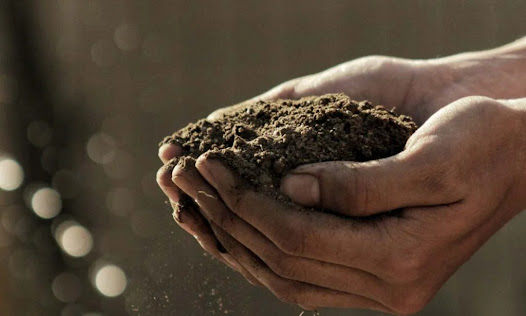Methods And Marketing Position Of Thermal Bonding Nonwoven: Unveiling The Fabric Of The Future
In the ever-evolving world of textiles, nonwoven fabrics have emerged as a versatile and innovative solution for various applications. Among the diverse nonwoven techniques, thermal bonding stands out as a highly efficient method that offers exceptional performance and opens up new possibilities in numerous industries. In this blog, we will explore the methods and marketing position of thermal bonding nonwoven, shedding light on its production process, advantages, and the array of sectors where it finds its niche.
Understanding Thermal Bonding Nonwoven
Thermal bonding is a nonwoven fabric manufacturing process that involves the application of heat to bond fibers together. During this process, synthetic or natural fibers are laid out in a web-like arrangement and subjected to controlled heat, which activates thermoplastic materials within the fibers. As a result, the fibers adhere to one another, forming a strong and cohesive fabric structure.
The Production Process
The production of thermal bonding nonwoven involves several key steps:
Fiber Preparation: Raw fibers, such as polyester, polypropylene, or a blend of different materials, are opened and carded to create a uniform and continuous web.
Web Formation: The carded fibers are then laid down in a web formation, allowing for flexibility in fabric weight and thickness.
Thermal Bonding: The web is passed through heated calendar rolls or hot air ovens, where the thermoplastic fibers within the web activate and bond together upon cooling.
Finishing: After bonding, the fabric may undergo additional processes like calendering or embossing to enhance its properties and appearance.
Advantages of Thermal Bonding Nonwoven
Strength and Durability: Thermal bonding creates a sturdy fabric structure with excellent tensile strength and dimensional stability.
Customization: Manufacturers can adjust the bonding intensity and fiber composition to achieve specific performance characteristics, making it highly customizable for diverse applications.
High Production Speed: The thermal bonding process is relatively fast, making it a cost-effective and efficient manufacturing method.
No Chemical Binders: Unlike other bonding methods, thermal bonding does not require chemical binders, making the fabric more eco-friendly and free from harmful substances.
Breathability: Depending on the fiber selection and bonding pattern, thermal bonding nonwoven can offer excellent breathability, making it suitable for various applications in hygiene and medical products.
Marketing Position and Applications
The versatility and advantages of thermal bonding nonwoven have led to its incorporation in numerous industries:
Hygiene Products: Thermal bonding is widely used in the production of baby diapers, feminine hygiene products, and adult incontinence pads due to its softness, absorbency, and breathability.
Filtration: The strength and porosity of thermal bonding nonwoven make it ideal for air and liquid filtration applications.
Automotive Sector: The automotive industry utilizes thermal bonding nonwoven in upholstery, carpeting, and noise insulation components, benefiting from its durability and cost-effectiveness.
Geotextiles: In civil engineering, thermal bonding nonwoven is employed as geotextiles for soil stabilization, erosion control, and drainage applications.
Medical and Healthcare: The non-allergenic and breathable properties of thermal bonding nonwoven make it suitable for medical gowns, masks, and wound dressings.
Thermal bonding nonwoven stands at the forefront of nonwoven fabric technology, offering a myriad of possibilities for various industries. Its strength, versatility, and customizable properties have positioned it as a valuable material in hygiene, filtration, automotive, geotextiles, and healthcare sectors. As technology continues to advance, thermal bonding nonwoven is set to play a pivotal role in shaping the fabric of the future and addressing the evolving needs of a dynamic world.



Comments
Post a Comment